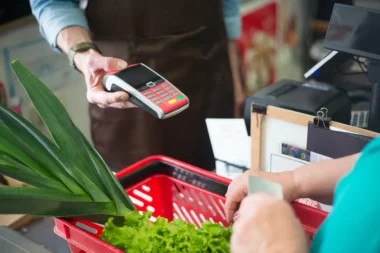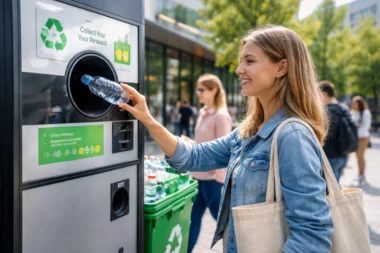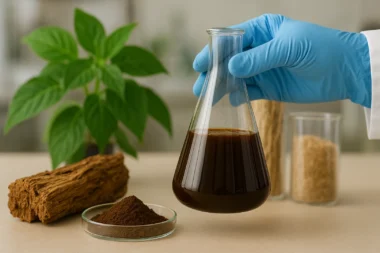Introduction to Recycling Technologies:
Recycling technologies are crucial to addressing the global challenge of waste management and promoting sustainability. These technologies enable the transformation of various waste materials, including plastics, into valuable resources through processes such as sorting, cleaning, and reprocessing. This article will focus on the recycling technology for polypropylene (PP) plastic waste, exploring the step-by-step process.
Recycling Technology for Polypropylene Plastic Waste:
Polypropylene, a versatile and widely used plastic, is found in various products, including packaging materials, automotive parts, and household items. Proper recycling of polypropylene waste not only helps reduce the burden on landfills but also conserves valuable resources and reduces the demand for virgin plastic production.
Step-by-Step Process of Polypropylene Recycling:
1. Collection and Sorting: The first step in polypropylene recycling is the collection of waste materials. These can come from various sources, such as industrial waste, post-consumer products, or manufacturing scrap. The collected waste is then sorted based on its type, separating polypropylene from other plastics or contaminants.
2. Cleaning and Pre-treatment: Once sorted, the polypropylene waste undergoes cleaning and pre-treatment. This involves removing impurities from the plastic, such as dirt, labels, or adhesives. The debris may be washed, shredded, or melted to facilitate removing these contaminants and preparing the material for further processing.
3. Melting and Extrusion: In the next step, the cleaned and pre-treated polypropylene waste is melted and formed into pellets or granules through extrusion. The plastic is heated, which softens it into a molten state. It is then passed through an extruder, where it is shaped into small pellets or granules.
4. Pelletization: The molten polypropylene is extruded through a die, which shapes the plastic into cylindrical strands. These strands are then cooled and cut into small pellets or granules. The shells serve as the raw material for manufacturing new polypropylene products.
5. Manufacturing New Products: The recycled polypropylene pellets are now ready to produce new plastic products. They can be blended with virgin polypropylene or other additives, depending on the desired properties of the final product. The pellets are melted and molded into various forms, such as sheets, fibers, or injection-molded components, which can be used in multiple applications.
6. Quality Control and Testing: Quality control measures are implemented throughout the recycling process to ensure the recycled polypropylene meets the required standards. The recycled material undergoes testing for strength, durability, and chemical compositional properties. This ensures that the final products made from recycled polypropylene are high quality and suitable for their intended applications.
Conclusion:
Polypropylene recycling technology plays a vital role in reducing the environmental impact of plastic waste and conserving valuable resources. The step-by-step process outlined above illustrates the key stages of recycling polypropylene plastic waste. By collecting, sorting, cleaning, and transforming polypropylene waste into new products, recycling technologies contribute to a more sustainable and circular economy. Adopting such recycling technologies is essential for mitigating the plastic waste problem and achieving a more environmentally friendly future.



